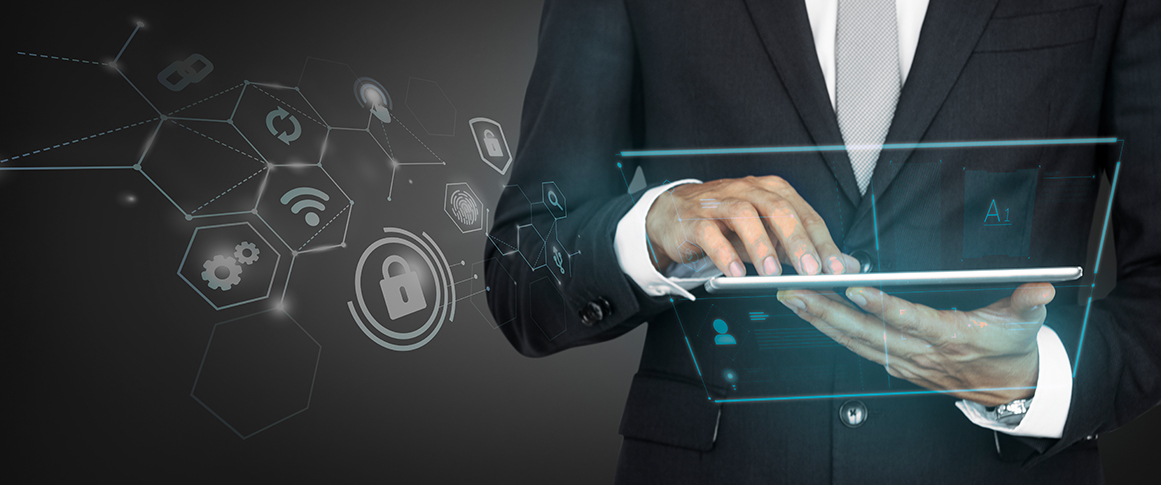In the ever-evolving world of technology, it is essential to stay up-to-date with the latest trends and concepts. Two terms that have gained considerable attention in recent years are IoT (Internet of Things) and IIT (Intelligence of Things). As a leading global IT company, we at KeenEye will shed light on the fundamental differences between these two concepts and explore their significance in the rapidly advancing technological landscape.
IoT: A gateway to connectivity
IoT, or the Internet of Things, refers to the network of physical devices, vehicles, appliances, and other items embedded with sensors, software, and connectivity capabilities. These devices collect and exchange data through the internet, enabling them to interact with one another and perform various tasks autonomously. The essence of IoT lies in its ability to connect devices and enable communication, resulting in greater convenience, efficiency, and automation.
IoT has found numerous applications across industries, from smart homes and wearables to industrial automation and healthcare systems. In a smart home scenario, IoT devices like thermostats, security cameras, and voice assistants can be interconnected, allowing homeowners to control and monitor various aspects remotely. Similarly, IoT-enabled healthcare devices can collect patient data and transmit it to healthcare providers, enabling timely and personalized interventions.
IIT: The power of intelligent insights
On the other hand, IIT, or Intelligence of Things, builds upon the foundation laid by IoT. While IoT primarily focuses on connecting devices and enabling data exchange, IIT takes it a step further by incorporating artificial intelligence (AI) and advanced analytics to extract valuable insights from the gathered data. IIT enables devices to process and analyze data in real-time, empowering them to make intelligent decisions and predictions without human intervention.
The integration of AI algorithms and machine learning models into IoT devices enables them to learn from the data they collect and adapt their behavior accordingly. This allows for more sophisticated automation and decision-making, enhancing operational efficiency and delivering a more personalized user experience. For example, an IIT-enabled manufacturing plant can optimize production schedules based on real-time data, minimizing downtime and maximizing productivity.
Differentiating IoT and IIT
The key distinction between IoT and IIT lies in the level of intelligence and autonomy exhibited by the devices. While IoT devices focus on connectivity and data exchange, IIT devices possess the ability to process and analyze data, generate insights, and make informed decisions. IoT devices typically rely on cloud computing for data processing, whereas IIT devices often have embedded AI capabilities, enabling real-time processing at the edge.
Another critical aspect is the complexity of the technologies involved. IoT devices generally require less sophisticated technology, primarily focusing on connectivity protocols and data transfer mechanisms. In contrast, IIT devices demand more advanced technologies like machine learning algorithms, neural networks, and deep learning models to enable intelligent decision-making.
Benefits and challenges
Both IoT and IIT offer immense benefits, but they also come with their respective challenges. IoT facilitates improved connectivity, automation, and efficiency across various domains, leading to increased productivity, cost savings, and enhanced user experiences. However, security and privacy concerns remain major challenges in IoT implementations, as the vast amount of interconnected devices can create potential vulnerabilities and data breaches.
IIT, with its ability to process and analyze data in real-time, unlocks new possibilities for automation and intelligent decision-making. It enables businesses to gain valuable insights from their data, enhance predictive capabilities, and deliver personalized experiences. However, the complexity of IIT systems can pose challenges in terms of implementation, resource requirements, and the need for skilled AI professionals.
In conclusion, while IoT and IIT are related concepts within the broader spectrum of connected devices, they represent distinct stages of technological evolution. IoT lays the foundation by connecting devices and enabling data exchange, while IIT takes this connectivity to the next level by incorporating AI and advanced analytics to extract intelligent insights.
As a global IT company, KeenEye Solutions recognizes the significance of both IoT and IIT in the digital transformation journey. By understanding the differences and potential benefits of each, businesses can make informed decisions regarding the adoption and integration of these technologies.
With the ongoing advancement of IoT and the emergence of IIT, organizations must assess their specific requirements and objectives. By leveraging the connectivity and automation capabilities of IoT and harnessing the power of intelligent insights through IIT, businesses can unlock new opportunities, optimize operations, and stay at the forefront of the ever-evolving technological landscape.
Recent Blog

How to have a happy, motivated and engaged team? (Part I)
There is no one magic formula really. Press this button and you…

How to have a happy, motivated and engaged team? (Part II)
People need to have their hard work, contribution to the team and…

The Lockdown Guide: Success through EQ
The global pandemic, COVID-19, came into our existence back in 2019 and…

